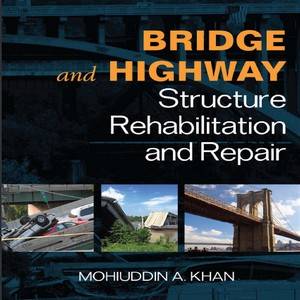Design of Structural Elements: Concrete, steelwork, masonry and timber designs to British Standards and Eurocodes Third Edition
by Chanakya Arya
Design of Structural Elements: Concrete, steelwork, masonry and timber designs to British Standards and Eurocodes
Since publication of the second edition of Design of Structural Elements there have been two major developments in the field of structural engineering which have suggested this new edition.
The first and foremost of these is that the Eurocodes for concrete, steel, masonry and timber design have now been converted to full EuroNorm (EN) status and, with the possible exception of the steel code, all the associated UK National Annexes have also been finalized and published.
Therefore, these codes can now be used for structural design, although guidance on the timing and circumstances under which they must be used is still awaited.
Thus, the content of Chapters 8 to 11 on, respectively, the design of concrete, steel, masonry and timber structures has been completely revised to comply with the EN versions of the Eurocodes for these materials.
Design of Structural Elements: The opportunity has been used to expand Chapter 10 and include several worked examples on the design of masonry walls subject to either vertical or lateral loading or a combination of both.
The second major development is that a number of small but significant amendments have been.
made to the 1997 edition of BS 8110: Part 1 on concrete design, and new editions of BS 5628: Parts 1 and 3 on masonry design have recently been published.
These and other national standards, e.g. BS 5950 for steel design and BS 5268 for timber design, are still widely used in the UK and beyond.
This situation is likely to persist for some years, and therefore the decision was taken to retain the chapters on British Standards and where necessary update the material to reflect latest design recommendations.





Reviews
There are no reviews yet.